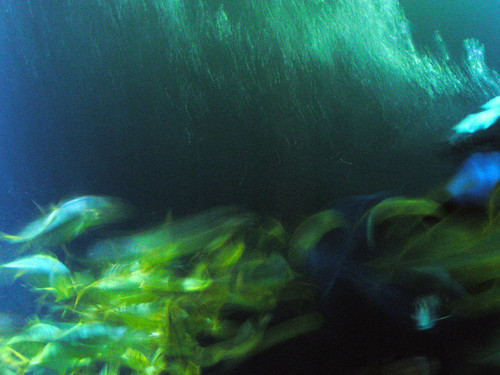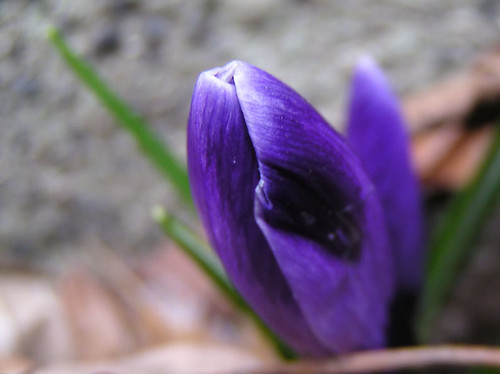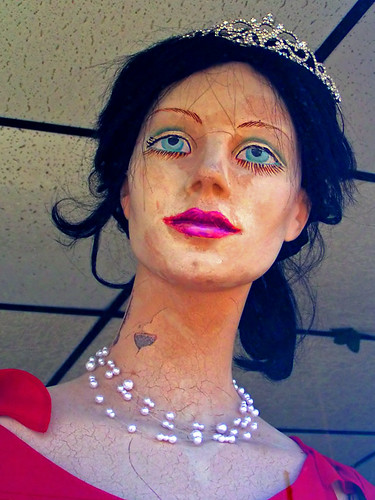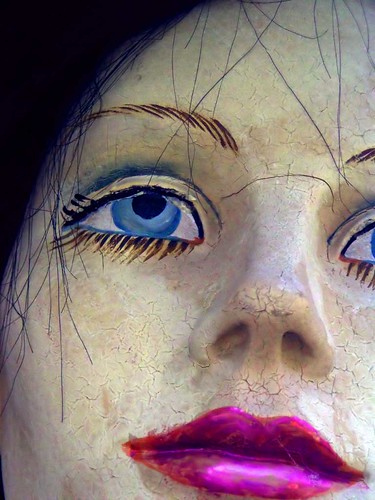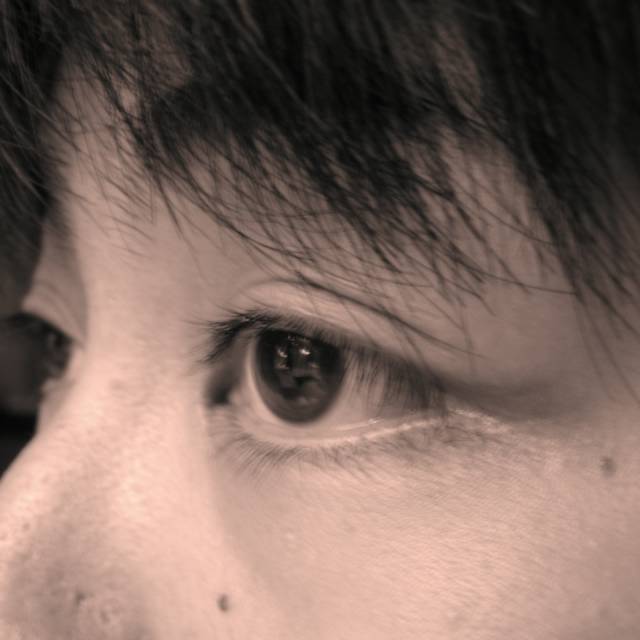I recently visited
the Amazon.co.jp page for “In and around Yukinuma,” a collection of short stories that I pondered upon before, by a wonderful Japanese prose writer Toshiyuki Horie. It surprised me, and inspired me to some extent as well, to find more than one reviewers there who associate the mood of Horie’s writing to that of
Haruki Murakami’s. I hadn’t thought of Murakami’s prose when I read Horie’s writing, but there is some sort of similarity in the way the two prose styles feel, especially in this particular short story collection. Yet, another part of me vehemently disagrees. The two writers’ (or more accurately, their narrators’) approaches to the subject of their writing are fundamentally different, and the difference is reflected on their prose styles. Here I try to verbalize the similarity and difference that I vaguely feel.
As some of the Amazon reviewers point out, there is definitely a similar feel to Horie’s prose and that of Murakami’s. Put bluntly, it is the sense of detachment. My mother always says that reading Murakami’s works is like walking an inch above the ground. In my words, there is always the feel of watching what goes on in Murakami’s works from behind a thin, but unbreachable membrane, even in their most emotionally charged scenes. It is a double-edged sward; this sense of detachment that Murakami’s prose elicit insulates readers in a safe and comfortable distance from the potentially destructive power of the story, which in turn means alienating readers from the narrative reality.
There is a similar sense of detachment to “In and around Yukinuma” as well. I as a reader felt as if I’d been floating in the narrative space, freely entering and exiting the minds of the characters. In that sense, readers are “detached” from the events and characters in the stories. However, there is another underlying current in Horie’s narrative, which seems to be absent in Murakami’s: affection. Whereas Murakami’s detached feel seems to originate in the deliberate alienation of readers from what goes on in the fictional world, achieved through the narrator’s dry, nonchalant attitude toward what they narrate, Horie’s detached feel derives from his use of fluid narrator who sometimes takes shape and sometimes dissolves into consciousness of a character. In Horie’s prose, the sense of detachment is not the narrator’s “cool” indifference to the fate of characters, but it is the free and fluid way in which the narrator moves around in the minds of characters. Here is an excerpt (my tentative translation and original Japanese version) from the beginning of “Stance Dot,” the first short story in the collection.
Not a single customer came in since the opening at 11 am. It wasn’t especially surprising, for Thursdays are always slow. [He] gave up when the clock turned past 9 in the night, and turned off all the wall lighting. The sound of the cooling motor, unnoticeable at all when games are going on, of a vending machine of bottled coke, the rareness of which even the maintenance mechanics marvel at, sounded unusually loud. The ears, which usually worsen at night, still seemed fine. It doesn’t make sense, really, that heat is necessary to cool beer and juice. The more we cool them, the more it generates heat, heating up the room. The air conditioner turned on to cool down the heated room, then, blows heated air outside. Heat only changes location, never disappears. Continuing on the job, my life could end up generating unnecessary heat in order to cool something else—the thought used to trouble him in his thirties to the extent that his stomach hurt, but he could not clearly remember himself in the agony any more.
午前十一時から営業を始めているのに,客はひとりもあらわれなかった。木曜日はいつもこんな調子だからべつに驚きはしなかったが,夜の九時をまわったところで見切りをつけて、壁面証明の電源をすべて落とした。メンテナンスにやってくる担当者さえめずらしがるコーラの瓶の自販機の,ゲームが行われているときにはきにもならない冷却モーターの音がずいぶん大きく聞こえる。夜になるといつもおかしくなる耳の調子は,まだ大丈夫らしい。それにしても,ビールやジュースを冷やすために熱が必要だなんて滅茶苦茶な理屈だ。冷やせば冷やすほど放熱し,部屋が熱くなる。それを冷やすためにエアコンを入れると,今度は室外機が熱風を外に吹き出す。熱さは場所を移すだけで消えはしないのだ。このまま仕事を続けていたら、俺の人生も何かを冷やすためによけいな熱を出すだけで終わりかねないぞと胃が痛むほど悩んでいた三十代の自分の姿を,しかし彼はもうはっきりと思い出すことができなかった。
As some of you can see in the original Japanese text, the narrator does not take shape until the very last sentence, partly thanks to the Japanese grammar that allows the absence of the grammatical subject. (The bracketed “he” in the third sentence is not explicitly there in the Japanese version, blurring the fact that the narrator is a separate entity from the narrated—the “he.”) Up until the last sentence, therefore, it appears that the narrator is switching back and force between internal thoughts (all the mumbling about heat/ ears are still ok), observation of external facts (no customer came in/ louder-than-usual noise), and descriptions of his own action (turning off the lights).
However, in the last sentence, where the grammatical subject is clearly presented with a third-person pronoun, it becomes obvious that the narrator and the narrated are separate, and that the narrator has been fluidly speaking from both inside and outside of the narrated “he.” What appeared to be the thoughts of the narrator himself turn out to be the thoughts of the narrated “he,” expressed through the narrator seamlessly dissolved into the self of the narrated. (External observations are tricky—they could be the observations by the narrated “he” expressed in the same way as his thoughts, or they could be the observations by the narrator, but this isn’t a big difference here.) The entering and exiting of the narrator into the characters, unencumbered by the physicality, create the illusion of shifting perspective, even though the narrator remains the same. The floating sense of detachment in Horie’s prose lies in this illusory shift of perspective.
In fact, one of the distinctive characteristics of Horie’s prose, especially in comparison with that of Murakami’s, is the quiet yet consistent undercurrent of intimate affection. The narrator’s tone is gentle, warm, and very much attached to the characters, unlike the dry, indifferent narration of Murakami’s works. Though the narrator is not physically attached to any of the characters, entering in and exiting freely from their minds, there is a sense that the narrator does care about the characters—even the tiniest detail about them, adding to the intimacy of the close-tied human relationship in the rural small town of Yukinuma.
(This insight, if I dare to call it in such a pompous way, came to me through
a wonderful work of Tomiko Yoda on the modern perception of Heian literature, in which she questions the widespread assumption that “Kagero Niki,” a diary-style narrative of the 10th century, is written in first-person. It is a fascinating read, but I will discuss it later—I have rambled for long enough.)
